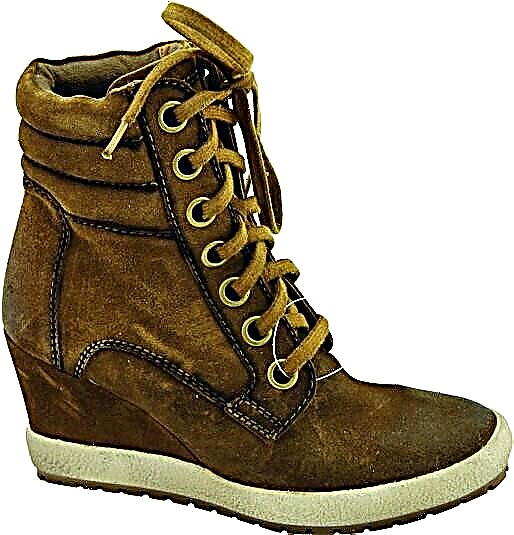Share
Pin
Tweet
Send
Share
Send
Everyone knows that the electronic pattern needs to be printed on a printer and glued. But what if there is no printer, but I really want to reshoot the pattern right now (until the muse is gone;))?
Faced with such a problem, I decided to reshoot the pattern directly from the laptop screen.So what we need:
1. Electronic pattern.
2. Film for transferring patterns to it (I use a greenhouse film, which I buy every few months in shops for summer residents. By the way, I recommend buying not the thinnest, but thicker, because too thin stretches and the pattern can be distorted).
3. A laptop or tablet with a program for viewing electronic patterns (you can, of course, a stationary computer, but it’s better to have a monitor that can be placed horizontally).
4. Ruler
5. Marker for transferring patterns to film (not all markers can write on the film, but those intended for CDs will definitely write. They are usually called CD-Pen).
6. Enthusiasm (optional, but desirable;))
So, we place the monitor horizontally (I put a book of suitable thickness under the cover of the laptop so that the screen does not bend too much).
The most important thing is to observe the correct scale for displaying the pattern.For this we need an image viewer program. In my case, it was photoshop.
My sheet of patterns was previously glued in Photoshop into one large sheet (as they are in magazines). As far as I know, patterns from Burda publisher are immediately placed on A4 sheets of PDF. In this case, you can also glue them into one sheet or try to redraw the pattern from each A4 sheet (without forgetting to make sure that each sheet is of the correct scale).
Open the pattern file, attach a ruler to the monitor and adjust the scale to the desired one. In my particular case, I was guided by the size of the square with the name of the pattern sheet (letter). In Biutique magazine, the size of the square is 6.5 cm:

Then we put the film on the monitor. Be sure to watch before this how the pattern is located on a virtual sheet of patterns to make supplies on the sides of a piece of film. Otherwise, in the process of transferring the pattern, the latter may suddenly “crawl” beyond the boundaries of an existing piece of film.
And then - the most interesting and difficult. Since we will move both the film itself and the image on the monitor, we need to redraw not only the contours of the part, but also make marks for the landmark. Otherwise, at the end of copying a long part (for example, a dress), you may find that in the process of translating the line, it imperceptibly "left" to the left or right.
I tried first without such marks here, I realized that I was mistaken, I had to start all over again with the marks.
Since I have many other patterns on the pattern sheet, I made marks on them.It is convenient to use the intersection of the bold lines, the arrows (the direction of the shared thread), the triangles (matching marks) and the numbers (part numbers). The challenge is to ensure that such auxiliary marks are located mostly inside the part. This will help keep a guideline for drawing the outer lines of the part.
In general, explaining it with words may not be too clear, but in a finished form it all looks something like this:

The photo clearly shows that the main part of the marks is located inside the part.
If you re-shoot the pattern from a purchased A4-size electronic pattern, where there are no other details, then the guidelines for gluing A4 sheets and the outer borders of A4 sheet can serve as a guide.
That's basically it :)
I’ll add, perhaps, that personally, I, perhaps, too complicated things with an abundance of details would not dare to re-shoot like that. But since I re-shot a knitted tunic, where the fabric itself forgives minor flaws, therefore, I ventured to use this option.
P. S. Perhaps I am far from the first to think of such an option. Nevertheless, I decided to share MK, because This method can help someone a lot. Especially at such moments "sunk", when the eyes are burning and there is an enthusiasm for sewing right now :)
Share
Pin
Tweet
Send
Share
Send



